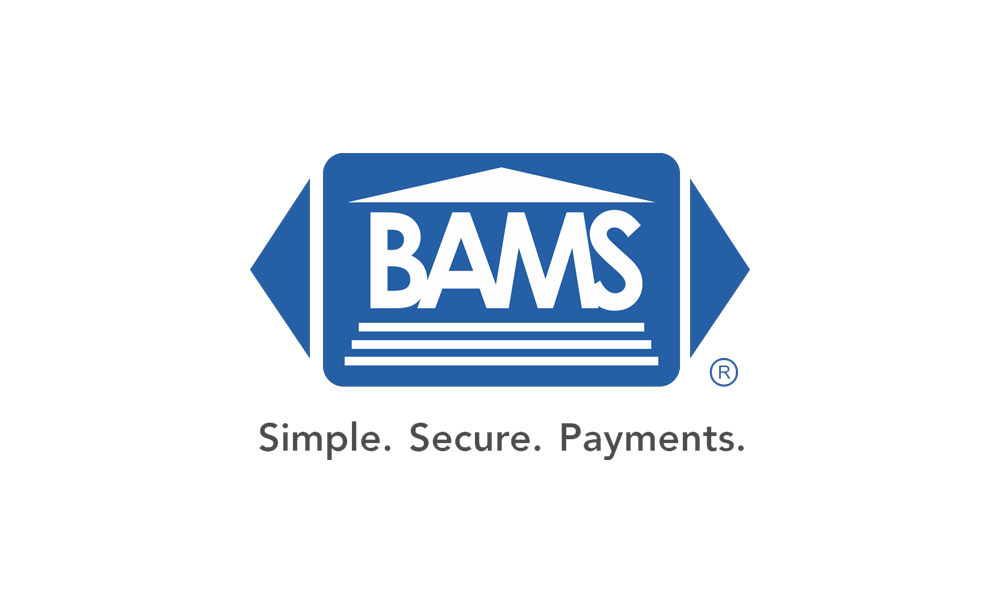What to do About Magento 1’s Upcoming End of Life
On June 30th, 2020, Magento 1 – one of the web’s oldest and most successful eCommerce platforms – will reach its end of life (EOL). The company’s new platform, Magento 2, offers improved architecture, faster loading times, better interfaces, and much more. As a result, many Magento merchants have already switched off of the old platform. But for the tens of thousands of merchants still on Magento 1, as of June 30th, support from the company will be switched off permanently. Sites running on Magento 1 will continue to operate, but doing so will expose merchants to some significant risks – risks that any serious business simply can’t afford to take.
The Risks the EOL Represents for Magento 1 Merchants
First and foremost, when any product reaches its end of life, the greatest risk of continued use is a lack of security. As of June 30th, Magento will no longer produce security patches for Magento 1, meaning every store continuing to use it will have to do so with no further security updates. Outdated systems are a hacker’s dream because they can work on finding exploits without having to worry about the publisher patching up the holes they find and rendering their work moot. Operating a Magento 1 store after June 30th will expose your store to any future exploits bad actors develop, putting your operations, and your customers’ sensitive transaction data, at great risk.
A data breach exposing transaction data is obviously a catastrophe for financial reasons, but it also has the potential to do near-irrecoverable damage to your company’s reputation. Big retailers that have suffered major data breaches, like Home Depot, have the brand cache and financial resources to ride out and rebuild damaged reputations, but small businesses rarely have the same luxury. You can’t afford to have your business labeled as a security risk, especially if your competitors are aggressively pushing their own security as a marketing tool.
Finally, because it will no longer be possible to keep Magento 1 secure, your site will automatically fail to meet PCI compliance standards, which could cause your business to lose your credit card processing privileges altogether – a disastrous outcome for any online store that effectively means closing the doors.
The Steps Merchants Need to Take to Be Ready
To ensure your store doesn’t meet any of those avoidable fates, you need to ensure your site is successfully migrated prior to the June 30th EOL. Doing so with as much time to spare is crucial in order to ensure that any bugs that pop up won’t result in expensive downtime.
Choose Where to Take Your Store:
Since you’re migrating anyway, you might as well decide whether or not you want to stay with Magento or move to a different eCommerce platform. While Magento 2 is from the same publisher, it does take some work to switch a store over from Magento 1. That means it’s only marginally more difficult to move to a competitor like WooCommerce, BigCommerce, or Shopify, so consider your options carefully.
Complete a Migration:
Once you’ve settled on a provider, completing a migration is a straightforward process assuming you have the in-house knowledge to complete the job. If you do, each major provider offers clear documentation on the steps necessary to make the transition, and the support staff at each will be more than happy to provide that documentation or provide migration guidance to your team.
If you don’t have the necessary in-house IT, or if you end up migrating at the last minute, you can’t really afford to risk having to deal with installation or migration errors. In that case, your best bet is to engage an outside consulting firm to complete the migration for you. In any case, once your migration is complete, it’s absolutely essential that you exhaustively test all areas and all features of your site to ensure that there are no hidden bugs that risk throwing a wrench into your customers’ shopping experience.
Since you’re in change-mode anyway, your store’s migration also represents a great time to consider switching payment processors as well. BAMS not only ensures seamless payment integration with Magento 2, WooCommerce, BigCommerce, and other major players, they also offer the lowest pricing in the industry thanks to their interchange-plus fee model.
To find out more about how BAMS can help your store save money every month on your merchant statement, begin your five-point price comparison today.




